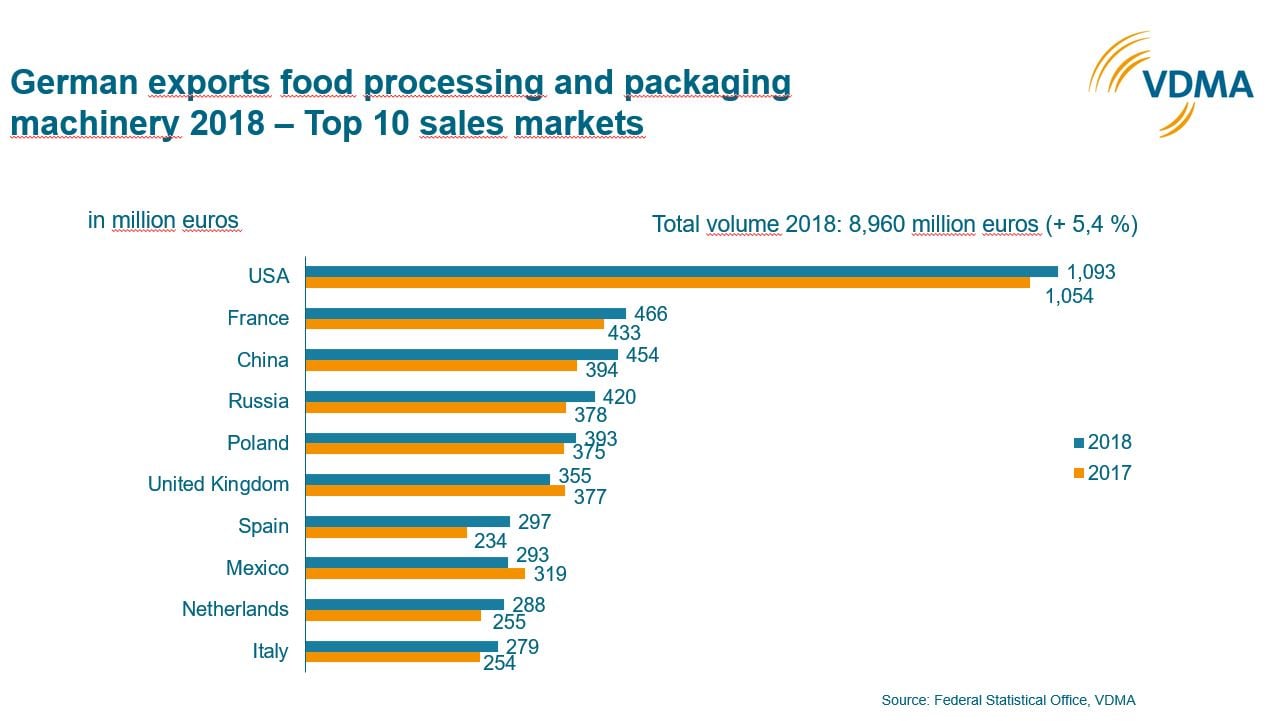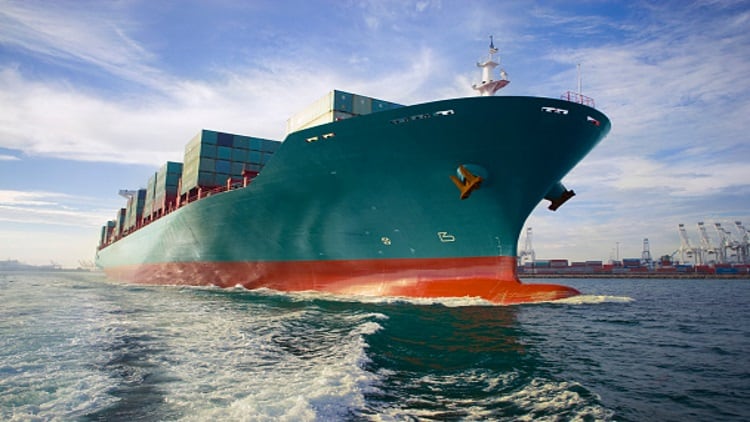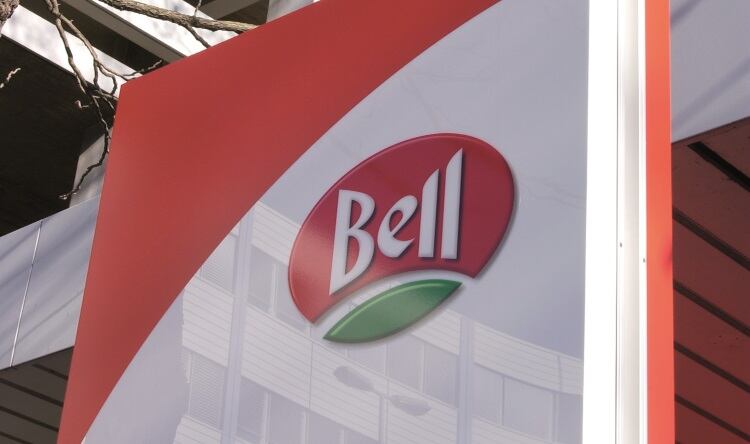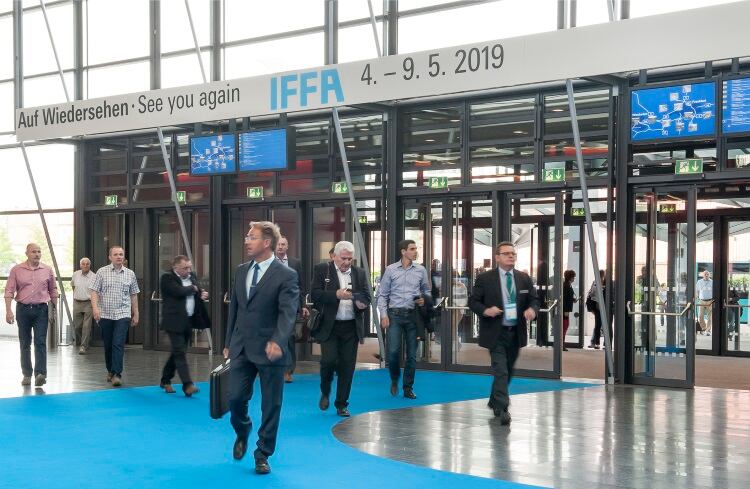The past year was very successful as production rose by 8% to just under €15.2bn.
High order backlog
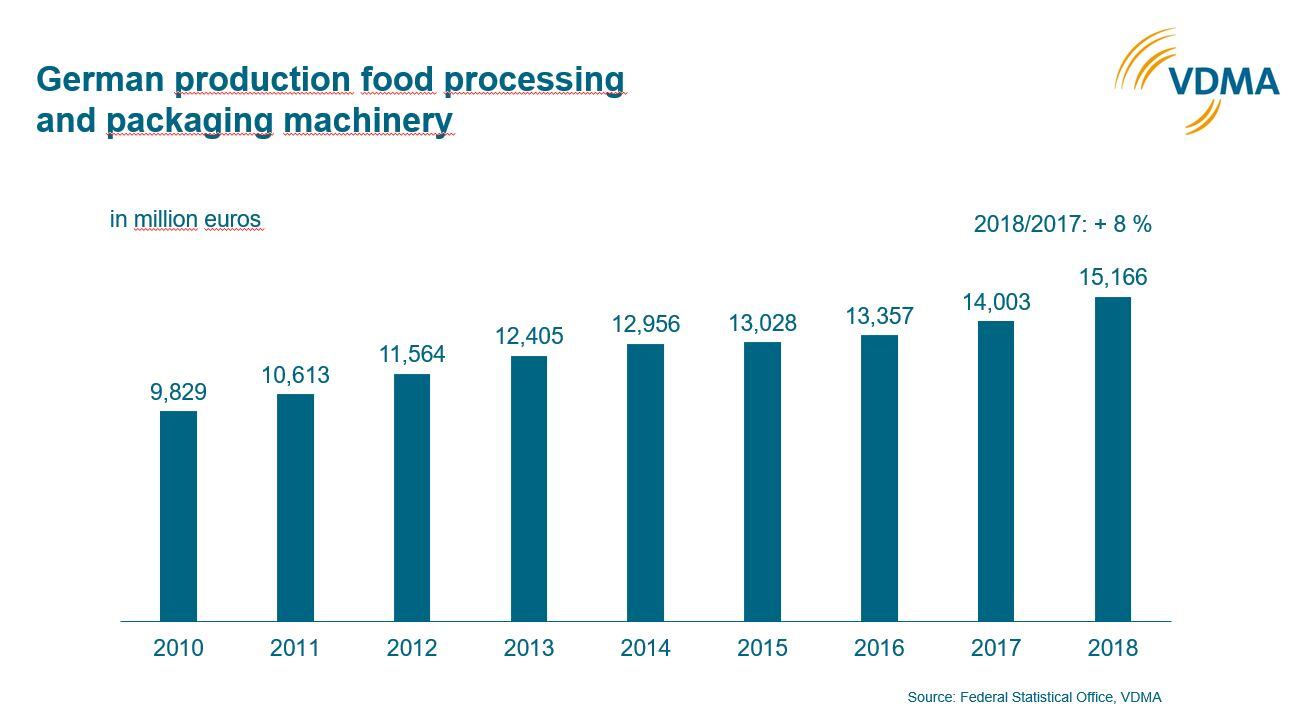
However, against the background of strong growth last year, only moderate growth of at most 2% is likely to happen in 2019.
"Many manufacturers started 2018 with a high order backlog, which was gradually converted into sales in the first half of the year. This, too, explains the high growth rate of 8% for the year as a whole," says Richard Clemens, MD, VDMA.
"Although sales in the first four months of 2019 were higher than in the same period of the previous year, the sales growth is expected to be only moderate at 2%.
"However, incoming orders in the first four months clearly fell short of the previous year's level. Uncertainties due to ongoing trade disputes, but also many regional political crises, are causing investors to hold back with new orders."
The figures published by VDMA come from the German Federal Statistical Office, according to Beatrix Fraese, advisor, food processing machinery, VDMA.
It reports the Packaging Machinery Industry grew by a total of 8% to €7.1bn last year.
The "Other Packaging Machinery" segment increased by almost 12% to €4.9bn, while the Beverage Packaging Machinery segment increased by 1% and reached €2.2bn, slightly above the previous year's level.
Where Food Processing Machinery is concerned, the growth rates in the individual sub-areas vary: For example, production of meat processing machinery grew by 7.6% to €1.2bn. The production of bakery machinery increased by 9% to €667m. The confectionery machinery manufacturers recorded growth of 16% reaching €360m and the production of beverage production machines grew by 7% to €552m.
In 2018, exports of Food Processing and Packaging Machinery rose by 6.1% to over €9bn. Deliveries to the industry's most important sales region, the EU rose by 9%.
US, China, Russia
Demand from the USA, the most important foreign market, remained high. Exports to China and Russia showed double-digit growth rates. Clear impulses came from many other markets, including Brazil, Japan, the Republic of Korea and India.
Domestic business, too, continued to be an important pillar of the positive business development in 2018.
In some food sectors, substantial investments were made to expand capacity and to expedite modernisation projects. Also, the shortage of personnel in the processing plants led to further investments in machinery and equipment.
The report claims, generally, the prospects for the Food Processing Machinery and Packaging Machinery sector seem good, as the industry continues to benefit from the rising global demand for processed and packaged food and beverages as well as pharmaceutical products.
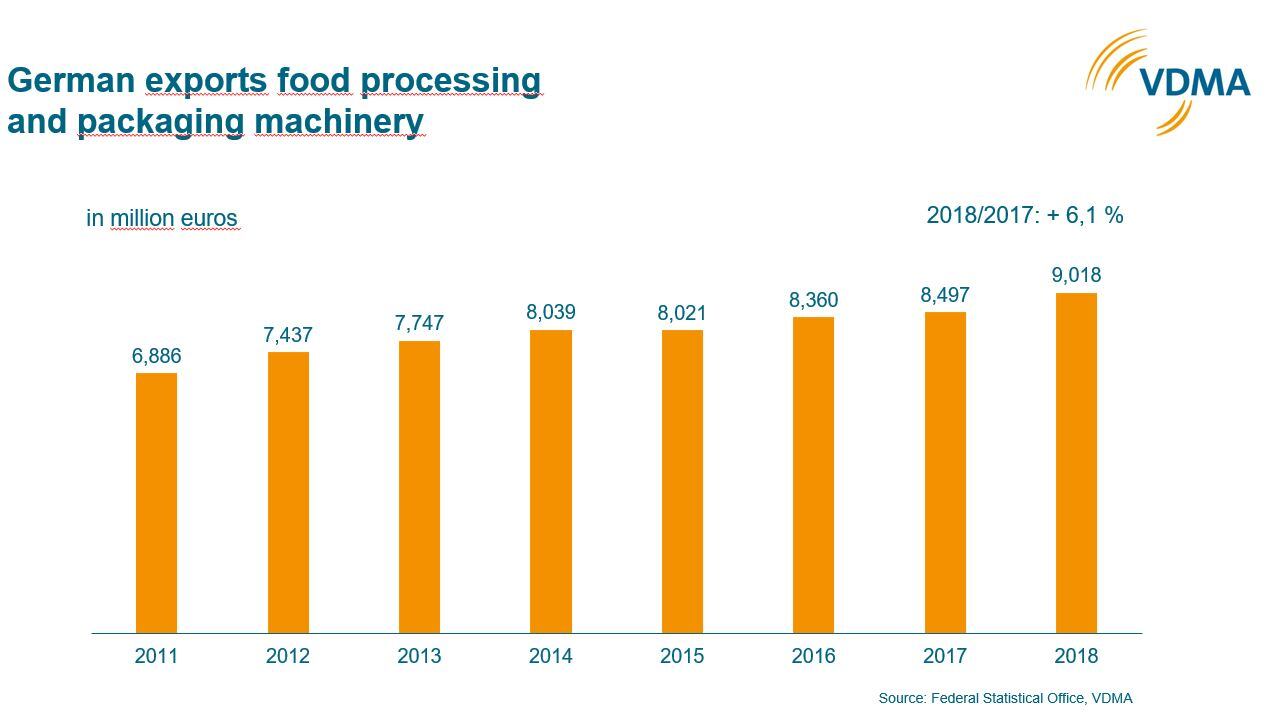
According to Messe Düsseldorf the organisers of Interpack processing and packaging show, which will be held in Düsseldorf, from May 7-13, 2020, one in three packaging machines worldwide comes from Germany. Following Europe, Asia and North America are the most important consumers of packaging technology made in Germany.
“So far the German packaging industry has reacted quite calmly to President Trump’s decision to levy tariffs on steel and aluminium imports from the European Union. It is not yet clear how the US President’s “America First” policy will impact German packaging machinery manufacturers in the long term,” said Holger Paul, head of communications, VDMA.
As the US food industry is expanding more packaging machines are required in the country and this is where food safety becomes a priority. An increasing number of automation machines are deployed to increase efficiency and reduce errors as well as early-detection systems for contamination in food and packaging.
Also, in greater demand than before are concepts for the easy cleaning of machines and production lines as well as short change-over times where different packaging designs are needed for quick product, volume and format changes for greater flexibility.
Nearly half of all the German packaging machines still stay in Europe. However, Asia has also become an important market – one in 5 machines end up in this region, according to Neue Verpackung.
India
It reported in 2017 the export rate amounted to 18%. Key buyers include China, South Korea and India. Even though 2017 only saw 2% of German packaging machines go to India, this country on the Ganges remains a promising export market.
Growing middle classes, rising incomes, increasing urbanisation and modern retail structures will boost demand for pre-packed food long term.
Neue Verpackung claims in terms of generics India has also risen to become a global player; some 20% of the output is exported. There is, however, still a great deal of room for development in the food sector. Only some 10% of agricultural products really end up being processed further. Compared to Malaysia with 83%, China 23% and the USA 65% India lags far behind.
Other obstacles include lack of regulatory structures, excessive bureaucracy and inadequate infrastructure.

